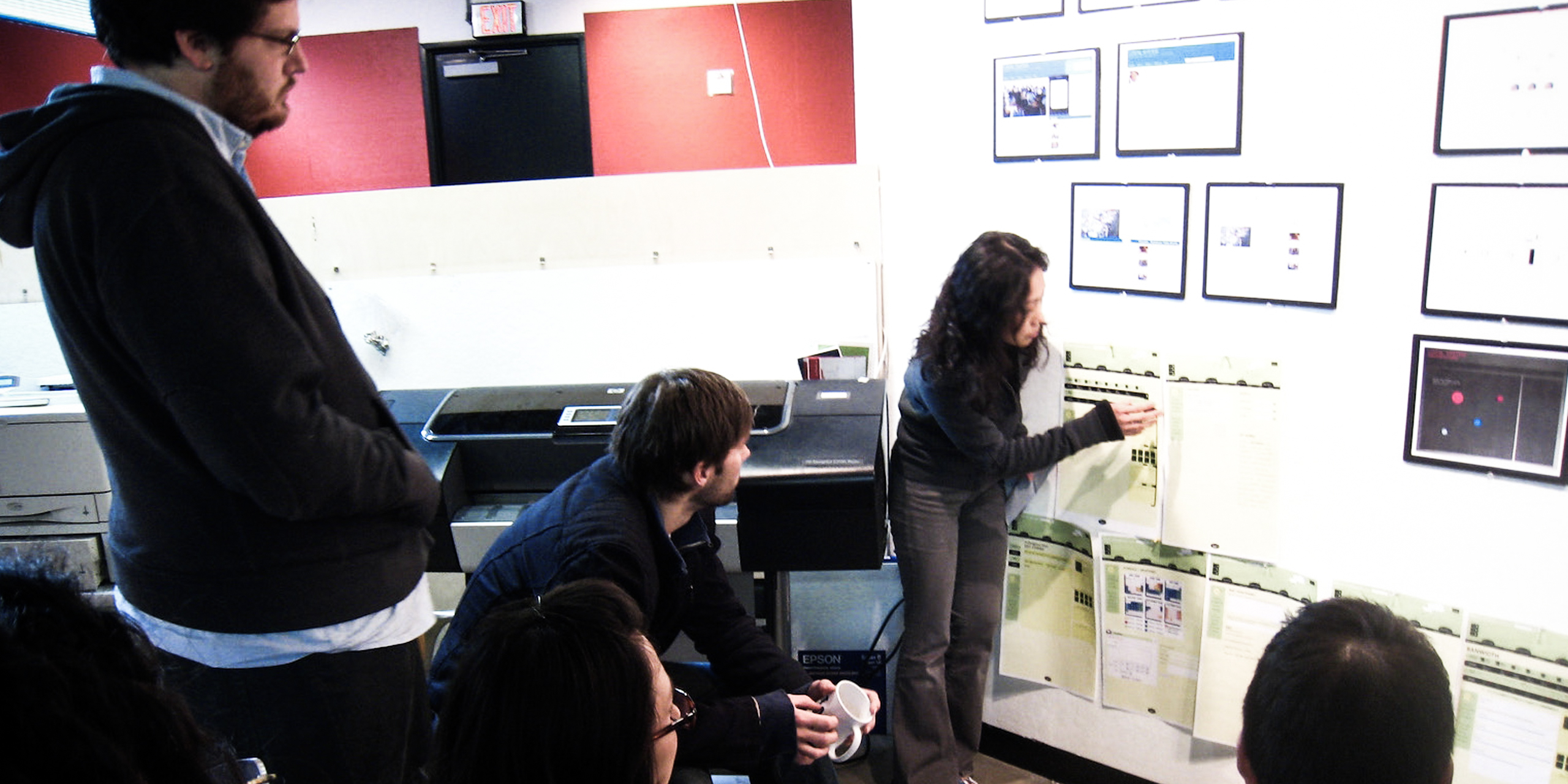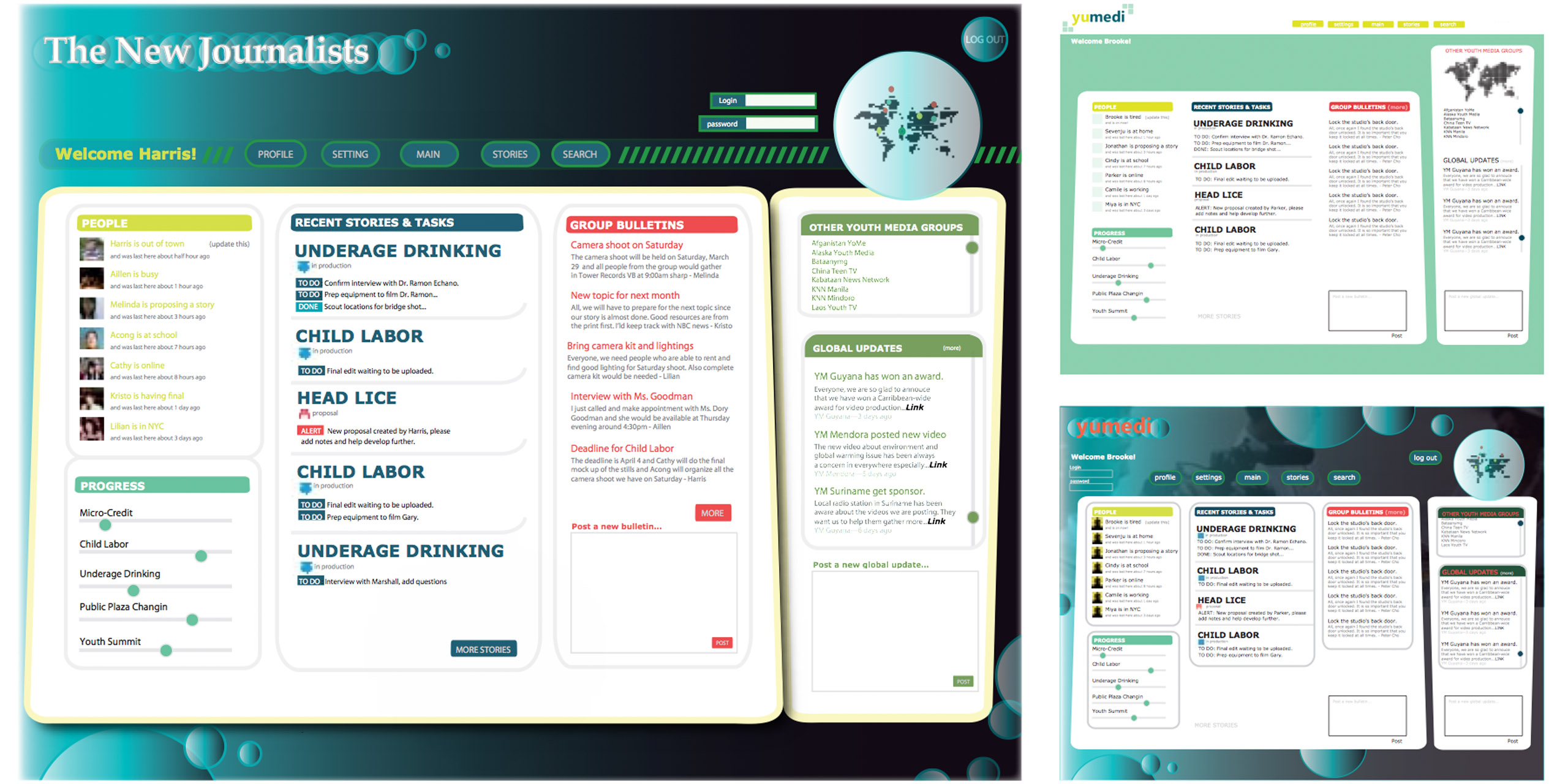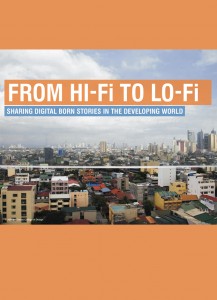UNICEF: Sharing Digital Stories in the Developing World
- Public Policy
- Sustainable Development

Spring 2008
Providing platforms that enable youth journalist groups to connect about critical world issues and interact with other youth via easily accessible technology.
In Spring 2008, the Innovation and Development team from the Youth Section of UNICEF’s Communication Division in partnership with video broadcast company mDialog, collaborated with the department of Graduate Media Design and Designmatters to explore systems for youth in the developing world to participate in social networking and digital storytelling. This project aims to connect youth who do not have access to computers or high-bandwidth internet connections with other peers locally and world-wide, who are actively engaged in online communication. Providing flexible digital interfaces facilitates a participatory culture, which in turn acts as a catalyst for social activism and global awareness.
“Based on their recent first-hand experience talking with young journalists in a few countries, and observing things about young people and their use of media in each country, the class pooled their observations and came up with a fairly comprehensive and complex system involving the most important youth-used media. Some of the ideas that they’ve come up with, especially in terms of mobile-internet interaction, will really push our work forward.”
–Terra Weikel, Head of Partnerships – Youth Section, UNICEF
Design Brief
Students were challenged to develop tools and systems for two case-study populations of youth journalists in the Philippines and the Caribbean. This platform addresses the region’s technological constraints to enable more youth to share stories about world issues with others both locally and globally.
Projects
To allow for youth voices to be heard, students explored tools that overcome connectivity barriers to facilitate youth networking and storytelling. Working with the knowledge that computer accessibility is limited and text messaging is a main form of communication, their design incorporated mobile phone usage in sharing stories.
What developed was a series of wireframes that enable youth media groups to manage the story proposal and production process, archive and annotate their videos, and connect with other youth media groups around the world through both lo- and hi-fi technology. Television broadcasts can be down-sampled into formats accessible by mobile phones and then commented on via recorded voice message or text message. Youth can also use mobile phones to record and deliver new audio or text stories accessible online and by other phones. The web-based tool provides a global feed and global forum for youth anywhere to publish stories, contribute to conversations, and share resources. By creating an individual profile, a member can share his or her own stories and subscribe to others’ personal broadcasts. To encourage active involvement, a game-like feature was incorporated as an incentive for participating or writing exceptional stories. Finally, ideas were developed for branding these tools to reflect the local community cultures.
Using these tools to connect with one another cultivates a participatory culture and fosters “new media literacies: a set of cultural competencies and social skills that young people need in the new media landscape,” thus narrowing the cultural, experiential, and digital divide. With access to this network youth will feel empowered to exchange stories, discuss issues of common concern, and feel that their role in the community can make a difference.

“The sheer energy and commitment to producing a product that addressed the needs as well as extended the possibilities for kids to communicate with each other made me proud to be part of this program. It helped remind me of the importance of the design process and ultimately why design matters.”
–Greg Philpott, Founder and President, mDialog
“We have stressed that finding the right solution for the user is more important than finding a new way of doing things.”
–Peter Shultz, Liberal Arts and Science Faculty
Research Methodologies
Student teams traveled to the Philippines and Guayana to conduct field research and interviews with local youth groups. They met with youth journalists to learn what their needs were and what tools were available to them. This immersion also provided an understanding of the culture and environment they inhabited. This primary research was coupled with perspectives from guest experts who visited the studio, including Freewaves Board President Juan Devis, a multi-media artist who has worked with youth on projects that focus on social and political accountability. Students also received guidance from guest speaker Jason Tester, Research and Design Manager at Institute for the Future, who shared his research on how people use new technologies and how they see their future
Overall Outcomes
The platform and systems created in this studio were implemented by UNICEF and mDialog in the Philippines and Caribbean, and piloted by UNICEF at the Junior 8 (J8) Summit in Japan in July 2008. The project has been compiled into a book available for purchase here.
ArtCenter continued its involvement in the implementation process by sending one of the studio’s participants, Graduate Media Design student Jonathan Jarvis, to UNICEF headquarters in New York as a Summer 2008 Fellow. At UNICEF, he collaborated closely with the UNICEF Youth Section’s Innovation and Development team and mDialog to expand the applications developed in the studio as part of the Youth Journalist Portal project.
Book
-

-
From Hi-Fi to Lo-Fi
This book documents a project to explore digital story-sharing in the developing world, with field projects in the Philippines and the Caribbean.
Published by Designmatters
Download PDF